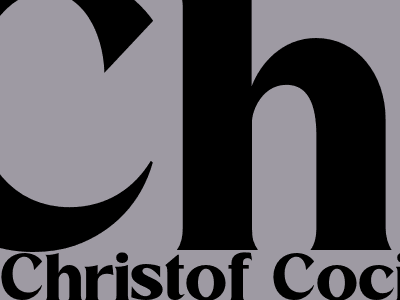The Ultimate Guide to Technical SEO for WordPress Websites
Introduction
Are you looking to improve your WordPress site's search engine ranking? If so, then you need to focus on technical SEO. Technical SEO is the process of optimizing your website's technical aspects to make it more crawlable and indexable by search engines. In this guide, we'll cover everything you need to know about technical SEO for WordPress websites.
Contents:
- 1. XML Sitemaps
- 2. Robots.txt File
- 3. Canonicalization
- 4. Redirects
- 5. URL Structure
- 6. Schema Markup
- 7. Caching
- 8. Image Optimization
- 9. Mobile Optimization
- 10. Website Speed
- 11. Security
- 12. Conclusion
1. XML Sitemaps
An XML sitemap is a file that lists all of the pages on your website. This makes it easier for search engines to find and index your content.
To create an XML sitemap, you can use a plugin like Yoast SEO. Once you have created a sitemap, you need to submit it to Google Search Console.
2. Robots.txt File
The robots.txt file is a file that tells search engines which pages on your website they should not crawl. This can be useful for preventing search engines from indexing pages that you don't want them to see, such as private pages or pages that are still under construction.
To create a robots.txt file, you can use a text editor like Notepad. Once you have created a robots.txt file, you need to upload it to your website's root directory.
3. Canonicalization
Canonicalization is the process of specifying which version of a URL is the "correct" version. This is important for preventing duplicate content issues, which can occur when there are multiple versions of the same page on your website.
To specify the canonical URL for a page, you can use the rel="canonical" attribute. This attribute should be placed in the
section of the page.4. Redirects
Redirects are used to send visitors from one URL to another. This can be useful for a variety of reasons, such as redirecting visitors from an old URL to a new URL or redirecting visitors from a non-www URL to a www URL.
There are two main types of redirects: 301 redirects and 302 redirects. 301 redirects are permanent redirects, while 302 redirects are temporary redirects.
5. URL Structure
The URL structure of your website is important for SEO. URLs should be short, descriptive, and easy to read. They should also contain relevant keywords.
Here are some tips for creating a good URL structure:
- Use short, descriptive URLs.
- Include relevant keywords in your URLs.
- Use hyphens to separate words in your URLs.
- Avoid using numbers and symbols in your URLs.
6. Schema Markup
Schema markup is a type of code that you can add to your website to help search engines understand your content. This can help search engines display your content in a more informative way, such as by showing rich snippets in search results.
There are many different types of schema markup, but the most common type is called structured data. Structured data is a way of organizing your content into a specific format that search engines can easily understand.
7. Caching
Caching is a process that stores frequently accessed data in a temporary location so that it can be accessed more quickly. This can help improve the performance of your website, especially if it is heavily trafficked.
There are many different ways to implement caching, but the most common method is to use a caching plugin like W3 Total Cache.
8. Image Optimization
Images can slow down your website, so it is important to optimize them for the web. This means reducing the file size of your images without sacrificing quality.
There are many different ways to optimize images, but the most common method is to use an image optimization plugin like WP Smush.
9. Mobile Optimization
More and more people are using mobile devices to access the internet, so it is important to make sure that your website is mobile-friendly. This means making your website responsive so that it adjusts to fit the screen size of any device.
There are many different ways to make your website mobile-friendly, but the most common method is to use a responsive WordPress theme.
10. Website Speed
The speed of your website is a critical factor in SEO. A slow website will discourage visitors from staying on your site, and it can also hurt your ranking in search results.
There are many different ways to improve the speed of your website, but the most common methods include:
- Using a fast web hosting provider.
- Using a CDN (content delivery network).
- Optimizing your images.
- Caching your website.
- Using a lightweight WordPress theme.
11. Security
The security of your website is important for both your visitors and your business. A hacked website can damage your reputation, lose you customers, and even put your business at risk.
There are many different ways to improve the security of your website, but the most common methods include:
- Using a strong password.
- Keeping your WordPress software up to date.
- Using a security plugin like Wordfence.
- Backing up your website regularly.
12. Conclusion
Technical SEO is a complex and ever-changing field, but it is essential for any website that wants to rank well in search results. By following the tips in this guide, you can improve the technical aspects of your WordPress website and make it more visible to search engines.

Komentar